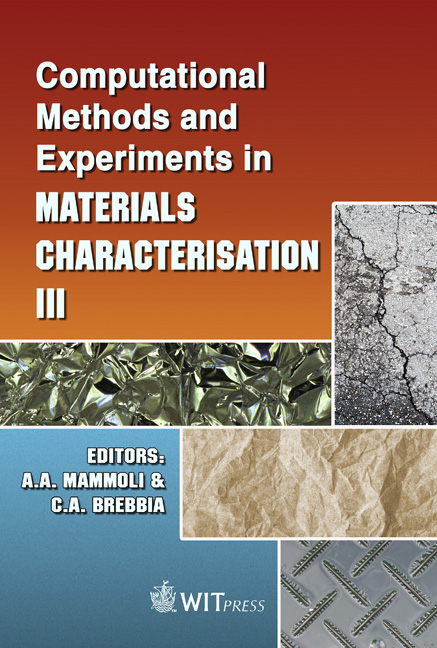Utilization Of Ground Coloured Glass Cullet In Construction Materials
Price
Free (open access)
Transaction
Volume
57
Pages
10
Published
2007
Size
1,183 kb
Paper DOI
10.2495/MC070331
Copyright
WIT Press
Author(s)
A. Karamberi & A. Moutsatsou
Abstract
Due to the imperative need for recycling, the present study was focused on the exploitation of domestic and industrial waste and particularly of finely ground glass cullet in three applications of structural materials. Firstly, the possible use of glass cullet in cementitious materials either as a binder, aggregate or filler was studied. A second study sector was the utilization of glass cullet for the production of foam glass. The particle size effect of glass cullet and the influence of the type and content of foaming agent at the final product were examined. And finally, the vitrification by thermal treatment of industrial waste (fly ashes and slag) with or without the presence of glass cullet and the further crystallization of the glassy products for the production of glass-ceramics was studied. Keywords: glass cullet, fly ash, slag, vitrification, foam glass. 1 Introduction The utilization of waste glass in industrial applications in which no strict requirements of purity are requested is well-known. Recent works pointed out the feasibility of glass as filler in road paving or cementitious products or as a batch addition in the melting of hazardous wastes. The development of foam glass is also particularly attractive, since large amounts of waste could be employed as raw materials for a very marketable product. Moreover, the utilization of glass cullet as well as industrial by-products for the production of glass and glass-ceramics is possible [1,2].
Keywords
glass cullet, fly ash, slag, vitrification, foam glass.





